Corrosion is a silent, relentless adversary. It eats away at bridges, cripples pipelines, degrades industrial machinery, and shortens the lifespan of everything from offshore platforms to everyday vehicles. The financial toll is immense – billions lost annually in repairs, replacements, downtime, and compromised safety. Corrosion-resistant coatings are not merely a layer of paint; they are sophisticated engineered systems, forming the critical first line of defense against this pervasive threat. Choosing and applying the right coating system is an investment in durability, safety, and operational efficiency.
The High Cost of Inaction: Why Protection is Non-Negotiable
Corrosion doesn't discriminate. Its destructive forces act wherever materials meet a corrosive environment:
-
Infrastructure: Bridges (road salt, atmospheric exposure), pipelines (soil, water, chemicals), power transmission towers.
-
Transportation: Ships (seawater immersion and spray), automobiles (road salts, humidity), aircraft (altitude, de-icing fluids).
-
Energy: Oil & gas platforms (severe marine environments), refineries and chemical plants (highly aggressive chemicals, heat), wind turbines (offshore/onshore weathering).
-
Industry: Storage tanks (chemicals, fuels, water), processing equipment, structural steel in factories.
-
Marine: Hulls, decks, ballast tanks, offshore structures.
Ignoring corrosion protection leads to catastrophic failures, environmental disasters, costly unplanned shutdowns, and significant safety risks. A robust coating system is fundamental preventative maintenance.
The Science of Protection: How Coatings Combat Corrosion
Corrosion-resistant coatings work through several key mechanisms:
-
Barrier Protection: The primary function. The coating physically isolates the substrate (metal, concrete) from corrosive agents like oxygen, moisture, chlorides, acids, or alkalis. A dense, impermeable film is essential.
-
Inhibitive Protection: Certain coatings contain active corrosion-inhibiting pigments. These pigments slowly leach out when moisture penetrates the film, forming a protective layer or altering the chemistry at the metal surface to stifle the corrosion reaction.
-
Cathodic Protection (Sacrificial): Primers rich in reactive metals like zinc act sacrificially. Zinc (anodic) corrodes preferentially to the underlying steel (cathodic), effectively "sacrificing" itself to protect the base metal. This is highly effective even if the coating is scratched (galvanic protection).
Selecting the Right Armor: Key Coating System Types
No single coating fits all scenarios. Selection is critical and depends on the environment, substrate, required lifespan, and performance demands:
-
Epoxy Coatings: The workhorse. Renowned for:
-
Exceptional adhesion to steel and concrete.
-
Superior chemical and solvent resistance.
-
High film build and abrasion resistance.
-
Versatility: Modified epoxies offer flexibility, heat resistance, or fast cure. Widely used as primers, intermediate coats, or full systems for tanks, pipelines, industrial floors, marine internals, and structural steel. Limitation: Poor UV resistance (chalk and fade) – usually require a topcoat for exterior exposure.
-
-
Polyurethane Topcoats: The perfect partner for epoxies in demanding environments. Provide:
-
Outstanding UV resistance and gloss/color retention.
-
Excellent abrasion and chemical resistance.
-
Enhanced durability and aesthetic appeal. Essential for bridges, architectural steel, aircraft, and any exterior application exposed to sunlight and weathering.
-
-
Zinc-Rich Primers: The sacrificial shield. Offer:
-
Robust cathodic protection for steel substrates.
-
Excellent corrosion resistance, especially at edges and in scratches.
-
Often used as the foundational primer under epoxy/polyurethane systems in marine, offshore, and industrial settings. Types include organic (epoxy-based) and inorganic (silicone-based, often higher heat resistance).
-
-
Acrylic Coatings: Offer a balance of performance and economy:
-
Good UV resistance and color stability.
-
Fast drying and ease of application.
-
Lower VOC options readily available. Suitable for architectural applications, light industrial environments, and topcoats where extreme chemical resistance isn't paramount.
-
-
Fluoropolymer Coatings (e.g., PVDF, FEVE): The high-performance elite. Deliver:
-
Unmatched UV resistance and color permanence (decades of performance).
-
Exceptional chemical resistance and dirt shedding.
-
High heat resistance. Used for iconic architectural facades, chemical processing equipment, and severe industrial/marine applications where longevity and aesthetics are paramount.
-
-
Specialty Coatings: Tailored for extreme conditions:
-
Immersion Coatings: Highly chemical-resistant epoxies or vinyl esters for tanks constantly holding aggressive liquids.
-
Intumescent Coatings: Fire-protective coatings that expand under heat, also require corrosion protection underneath.
-
Thermal Spray Coatings (e.g., metallizing): Applying molten metal (zinc, aluminum, alloys) for very long-term protection on large structures.
-
The Pillars of Coating Success: More Than Just the Product
The best coating will fail without proper execution. These factors are absolutely critical:
-
Surface Preparation (The 80% Factor): This is arguably the most crucial step. Surfaces must be:
-
Clean: Free of all contaminants – oil, grease, salt, dust, mill scale, old loose paint.
-
Profiled: Abrasive blasting (e.g., Sa 2.5 or Sa 3) creates the necessary anchor pattern for mechanical adhesion. The profile must match the coating specification.
-
Dry and Within Environmental Parameters: Coating cannot be applied over damp surfaces or outside specified temperature/humidity/dew point ranges.
-
-
System Design & Specification:
-
Matching the exact coating system (primer/intermediate/topcoat) to the specific service environment (ISO 12944 standards are often used).
-
Specifying the correct Dry Film Thickness (DFT) for each layer – measured rigorously during application.
-
Considering application methods (spray, brush, roller) and cure times between coats.
-
-
Quality Application:
-
Trained and certified applicators.
-
Strict adherence to manufacturer's instructions (mixing ratios, pot life, application techniques, DFT control).
-
Environmental monitoring throughout application and curing.
-
-
Inspection & Quality Assurance (QA/QC):
-
Independent inspection at every stage: surface prep, between coats, final DFT, and holiday (pin-hole) detection.
-
Detailed documentation of the entire process.
-
-
Proactive Maintenance:
-
Regular inspections to identify damage (impact, abrasion, UV degradation, corrosion creep).
-
Prompt repair of damaged areas using the specified system to prevent underlying corrosion from spreading.
-
The Tangible Return on Investment (ROI)
Investing in high-quality corrosion-resistant coatings and proper application delivers significant, measurable benefits:
-
Dramatically Extended Asset Lifespan: Decades of protection versus years without, delaying costly replacement.
-
Reduced Lifecycle Costs: Minimizes emergency repairs, unplanned downtime, and frequent repainting.
-
Enhanced Safety & Reliability: Prevents catastrophic failures caused by corrosion-induced weakening (structural collapse, leaks, fires).
-
Preserved Operational Efficiency: Protects equipment function and avoids production losses due to corrosion-related breakdowns.
-
Environmental Stewardship: Prevents leaks of hazardous materials from corroded containers and reduces waste from premature replacements.
-
Asset Value Retention: Well-protected infrastructure and equipment maintain significantly higher resale or operational value.
Conclusion: A Strategic Imperative
Corrosion-resistant coatings represent a sophisticated and essential technology, transforming vulnerable surfaces into resilient, long-lasting assets. It's a strategic choice that goes far beyond aesthetics. By understanding the science, carefully selecting the appropriate system for the environment, and rigorously adhering to best practices in surface preparation, application, and maintenance, industries can effectively combat corrosion. This proactive approach safeguards investments, ensures operational continuity, protects personnel and the environment, and delivers substantial long-term financial savings. In the battle against the relentless forces of corrosion, advanced coatings are the indispensable shield.

 ENG
ENG
 English
English عربى
عربى Español
Español 中文简体
中文简体
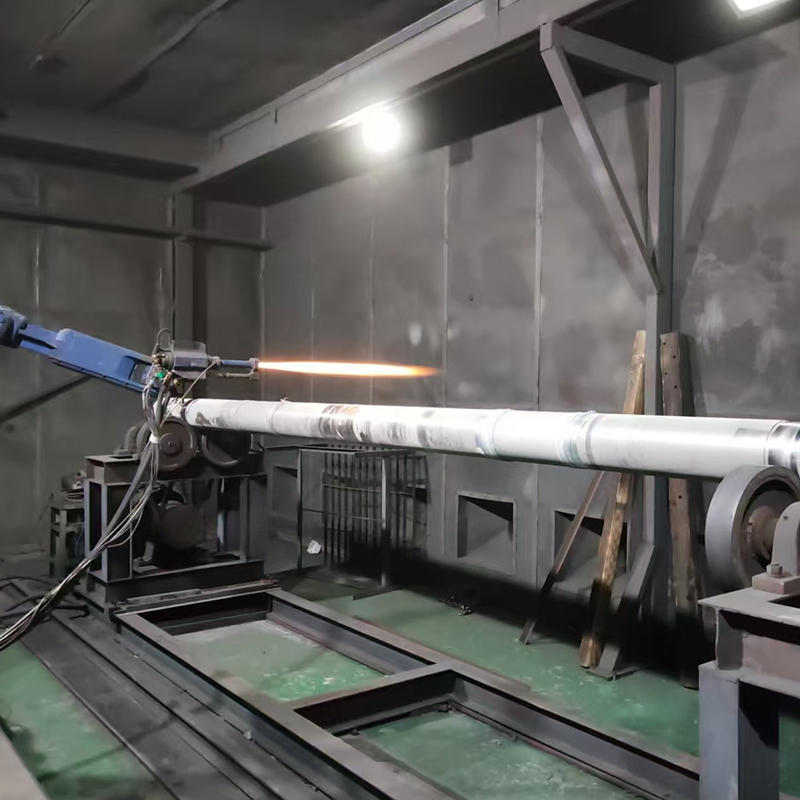
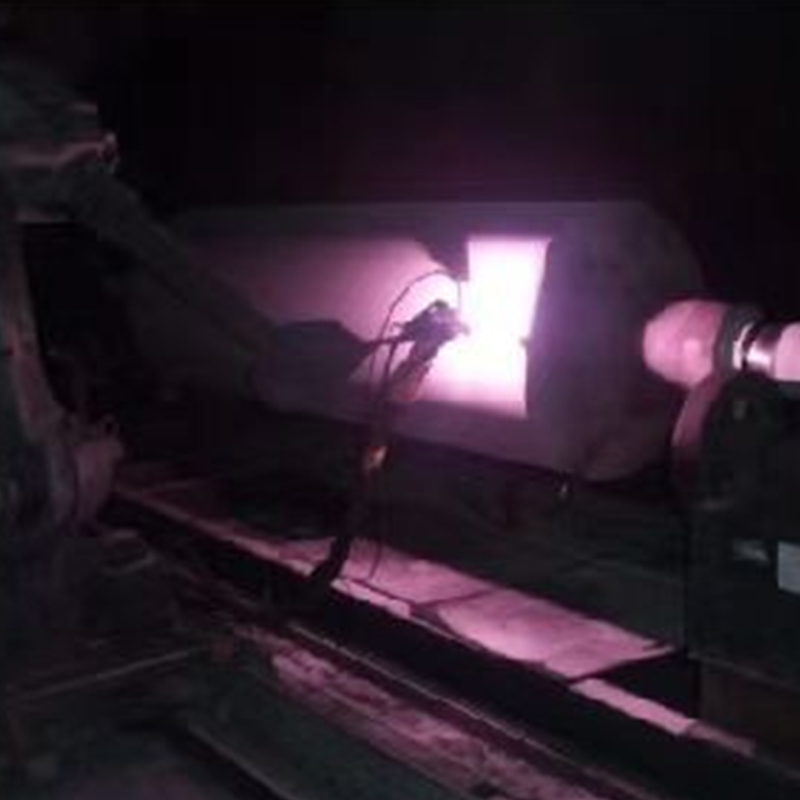
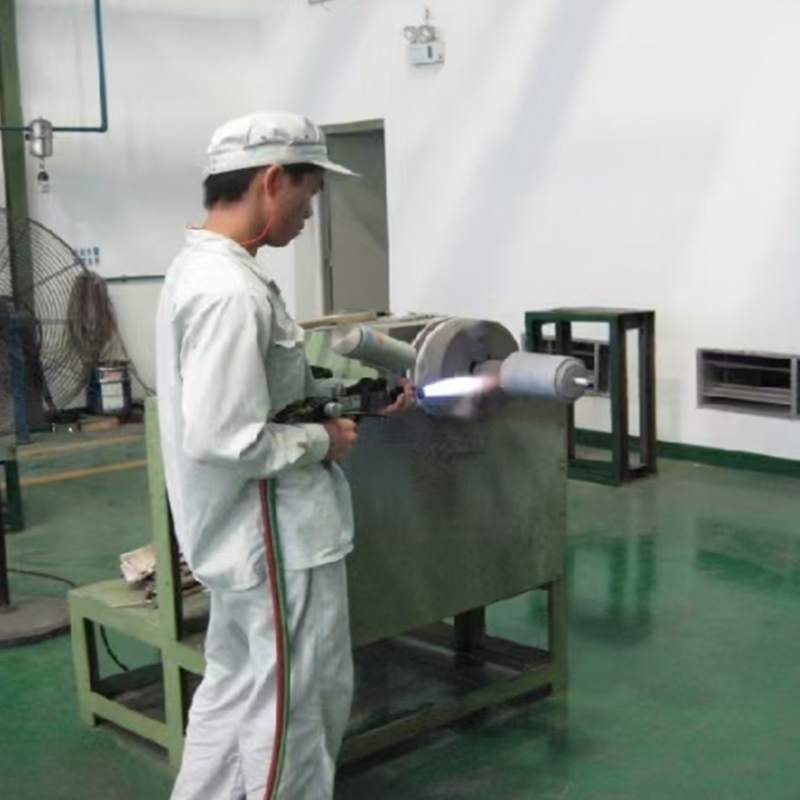

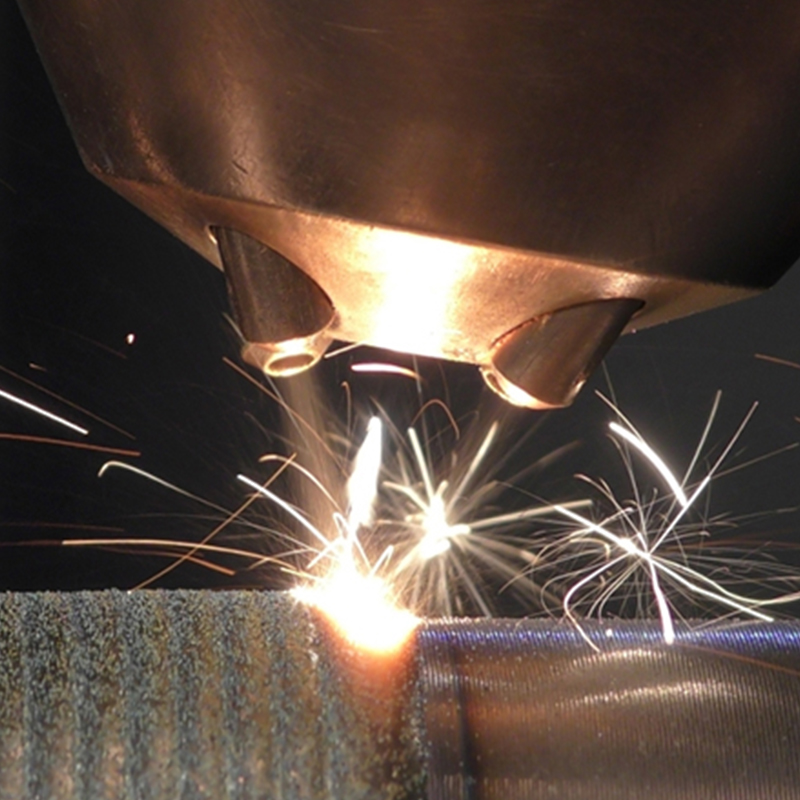
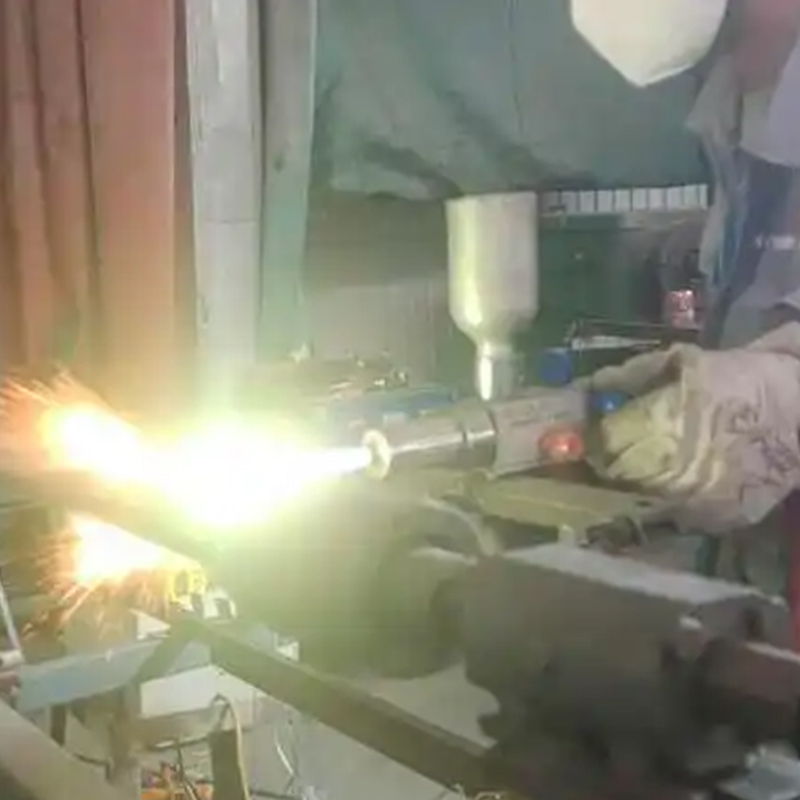
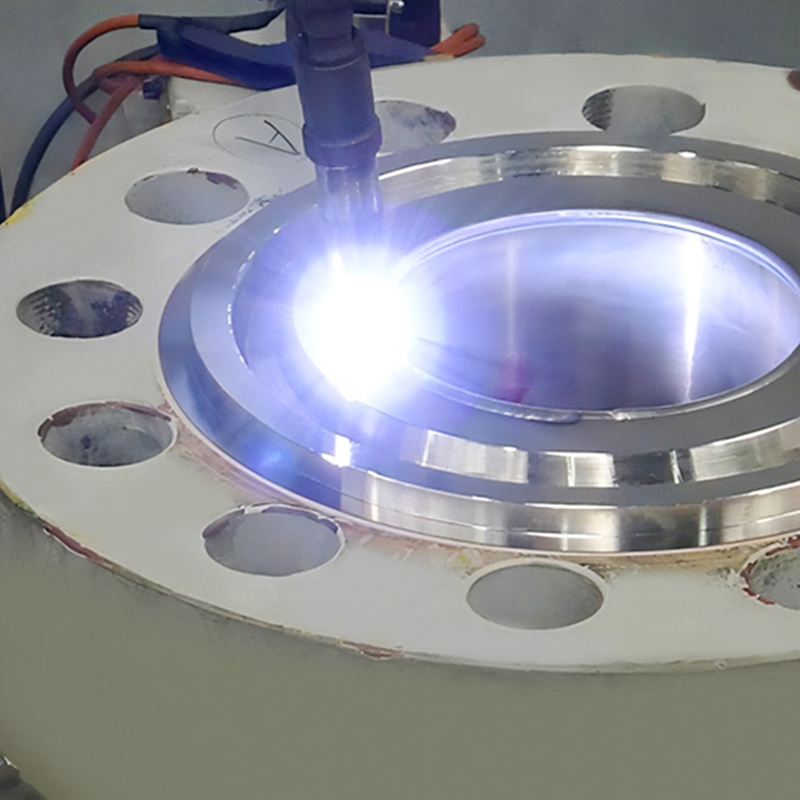
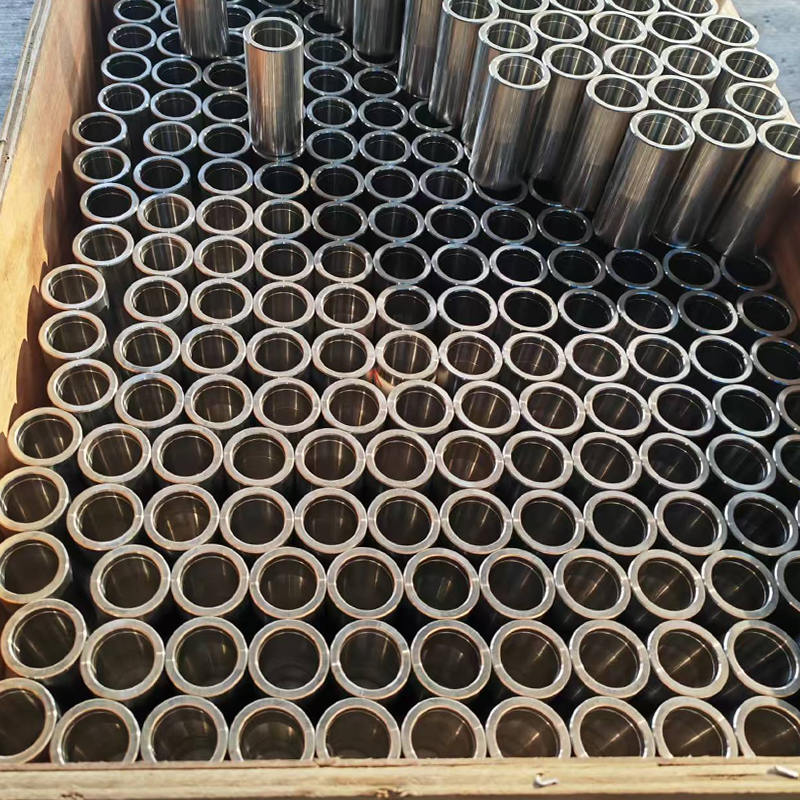
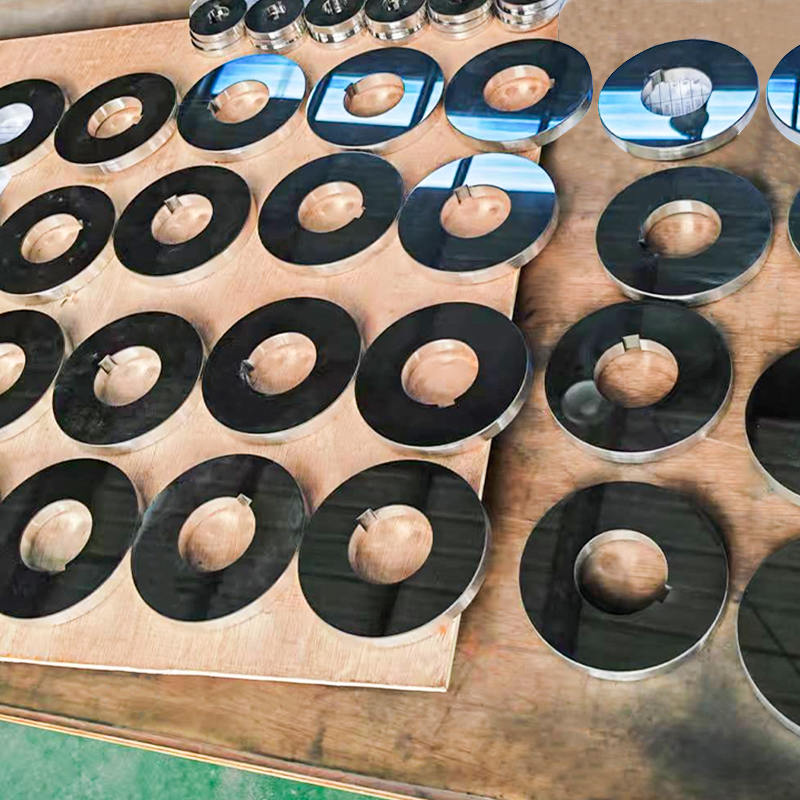
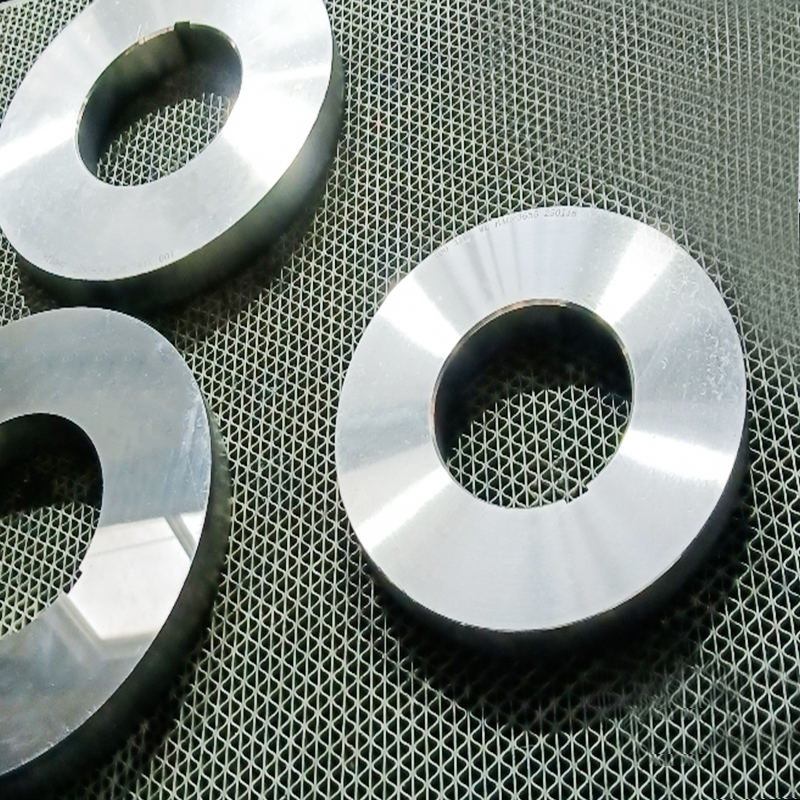
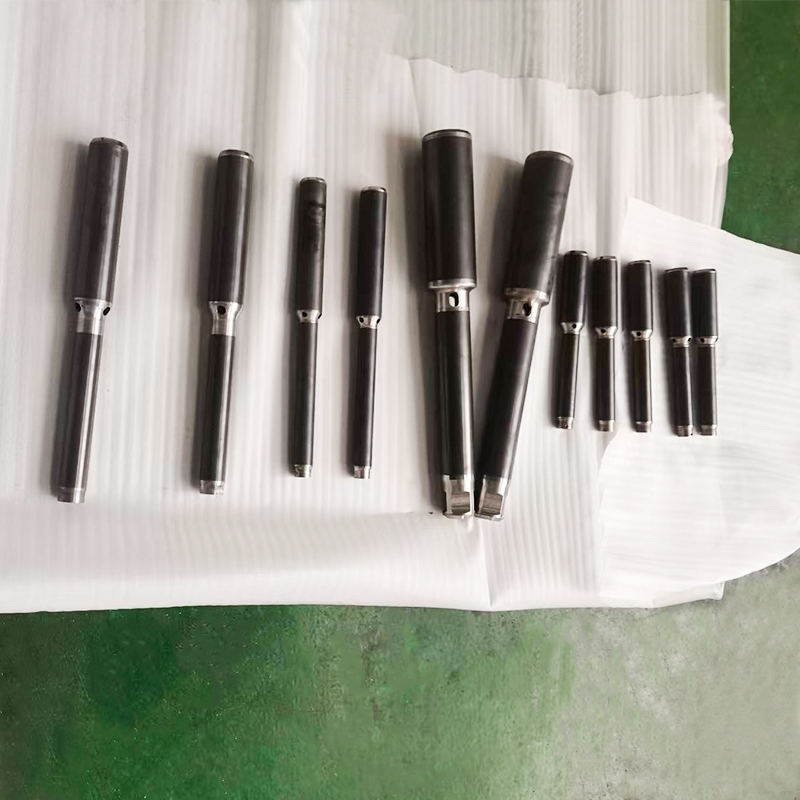
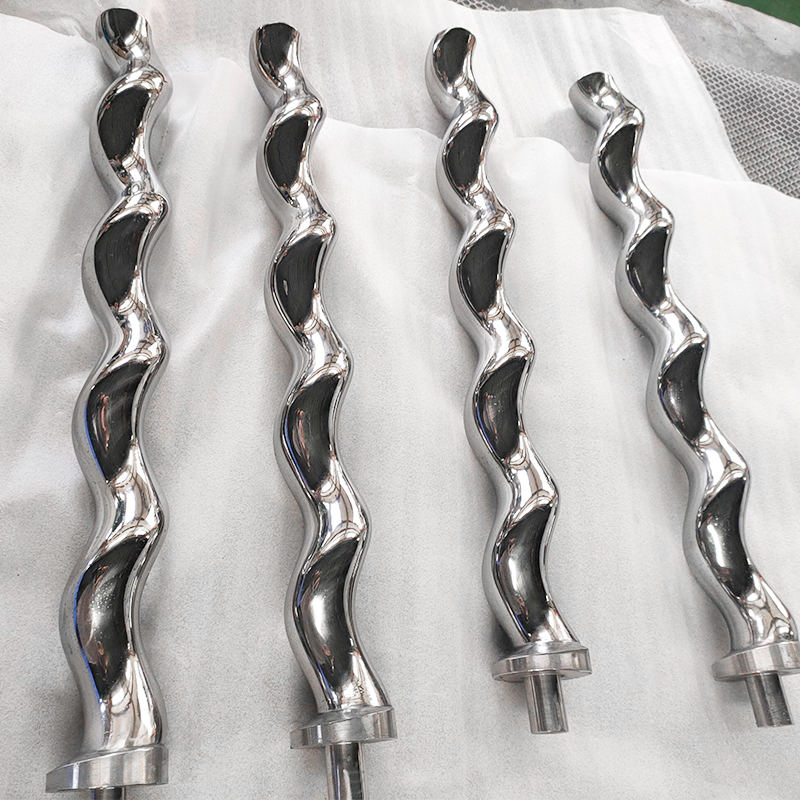

 TOP
TOP